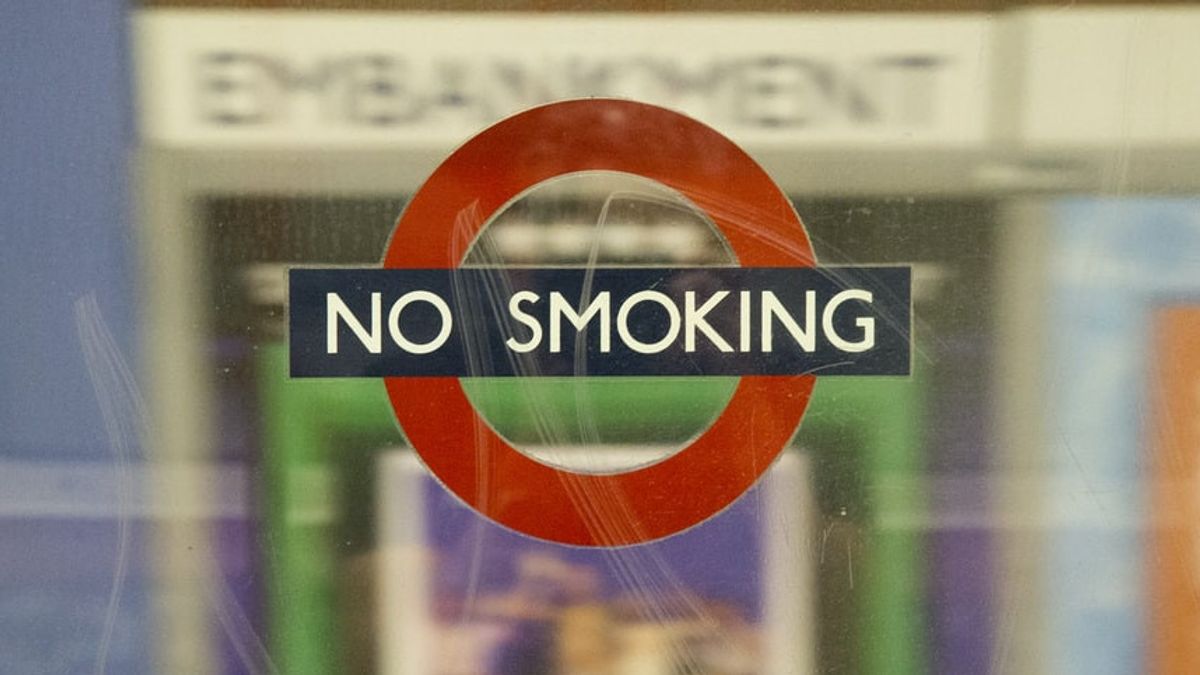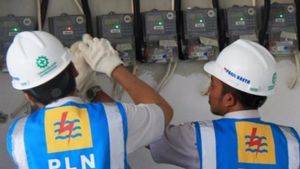JAKARTA - Head of Sub Division of Excise at the Fiscal Policy Agency of the Ministry of Finance, Sarno, said that the government's plan to increase cigarette excise rates is to reduce the number of cigarette production.
The Ministry of Finance noted that the number of cigarettes produced in 2018 amounted to 336 billion cigarettes and increased to 357 billion cigarettes in 2019 because there was no increase in cigarette excise. However, in 2020, cigarette production fell again to 322 billion cigarettes due to an increase in cigarette excise rates of 12.5 percent.
"In 2019 when there was no increase in tariffs, cigarette production increased dramatically. When there was a regular increase in tariffs every year, the amount of production decreased", said Sarno in the webinar "Support for Increases in Excise and Cigarette Prices", quoted from Antara, Thursday, October 7.
The policy of increasing excise tariffs, he continued, has also proven successful in reducing cigarette sales to control consumption. Based on the DJBC and BPS surveys, during 2013-2020 cigarette prices are relatively unaffordable as indicated by the increase in the affordability index (market transaction price/GDP per capita).
In 2018, the price of cigarettes per pack reached IDR 22,560 with an affordability index of 11.8 percent and in 2019 the price of cigarettes rose to IDR 22,940, but the affordability index actually fell to 11.3 percent. This is because there was no increase in excise rates in 2019 which made cigarette prices more affordable.
In addition, continued Sarno, the increase in cigarette excise rates also made domestic cigarette sales decline with an average sales decline of 1.5 percent.
"In general, our policy is on the track, yes, because production has fallen quite a bit in the last few years", said Sarno.
SEE ALSO:
In addition to the increase in excise rates, Sarno said that from 2015 until now, cigarette production has tended to decline due to the application of a cigarette tax of 10 percent of the CCHT rate since 2014, as well as an increase in the VAT rate since 2016 (from 8.4 percent to 8.7 percent). and 2017 (8.7 percent to 9.1 percent).
He further said that the increase in cigarette excise rates was also an effort to reduce smoking prevalence to improve the quality of human resources. This is because during the period 2013-2108 the prevalence of smoking in children and adolescents increased from 7.2 percent to 9.1 percent. In addition to pursuing the 2020-2024 RPJMN target to reduce the prevalence of smoking in children and adolescents to 8.7 percent in 2024.
The Ministry of Finance targets excise revenues to increase from IDR 180 trillion to IDR 203.92 percent or an increase of 13.28 percent. However, the Ministry of Finance has not confirmed the percentage increase for each revenue sector such as tobacco products, ethyl alcohol, MMEA (liquid goods), or excise taxes on other products.
The English, Chinese, Japanese, Arabic, and French versions are automatically generated by the AI. So there may still be inaccuracies in translating, please always see Indonesian as our main language. (system supported by DigitalSiber.id)













